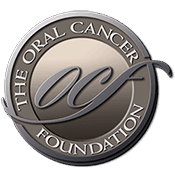HPV vaccine; cancer prevention
Source: www.nujournal.com Author: staff Human papillomavirus (HPV) is a sexually transmitted infection, of several strains, most associated with cervical cancers. The virus is so common that nearly all males and females have been infected at some time in their life. One in four is currently infected in the nation. Signs and symptoms of HPV are variable. Most will recover from the virus within two years without ever knowing they were infected, making HPV easy to spread. Occasionally, the virus lasts much longer in the body which can cause cells to change and lead to cancer. Fortunately, we have a vaccine to prevent cancer caused by HPV. The Food and Drug Administration (FDA) has approved three vaccines for HPV; Cervarix, Gardasil, and Gardasil 9. These vaccines are tested and proven to be safe and effective. Prevention is important with HPV. The vaccine should be administered before exposure to the virus for stronger protection against cervical, vaginal, vulvar, penile, and some mouth or throat cancers. (Gardasil and Gardasil 9 also prevent genital warts and anal cancer.) The best age to obtain maximum potential of the vaccine is at 11 or 12 years old. At this age, the body’s immune system is the most receptive to the vaccination’s virus-like particles and the body produces higher amounts of antibodies in defense, protecting the adolescent for his or her future. Both girls and boys should get the HPV vaccine. For ages 9-14, two doses – six to twelve months apart, are recommended. For 15-26 year [...]


